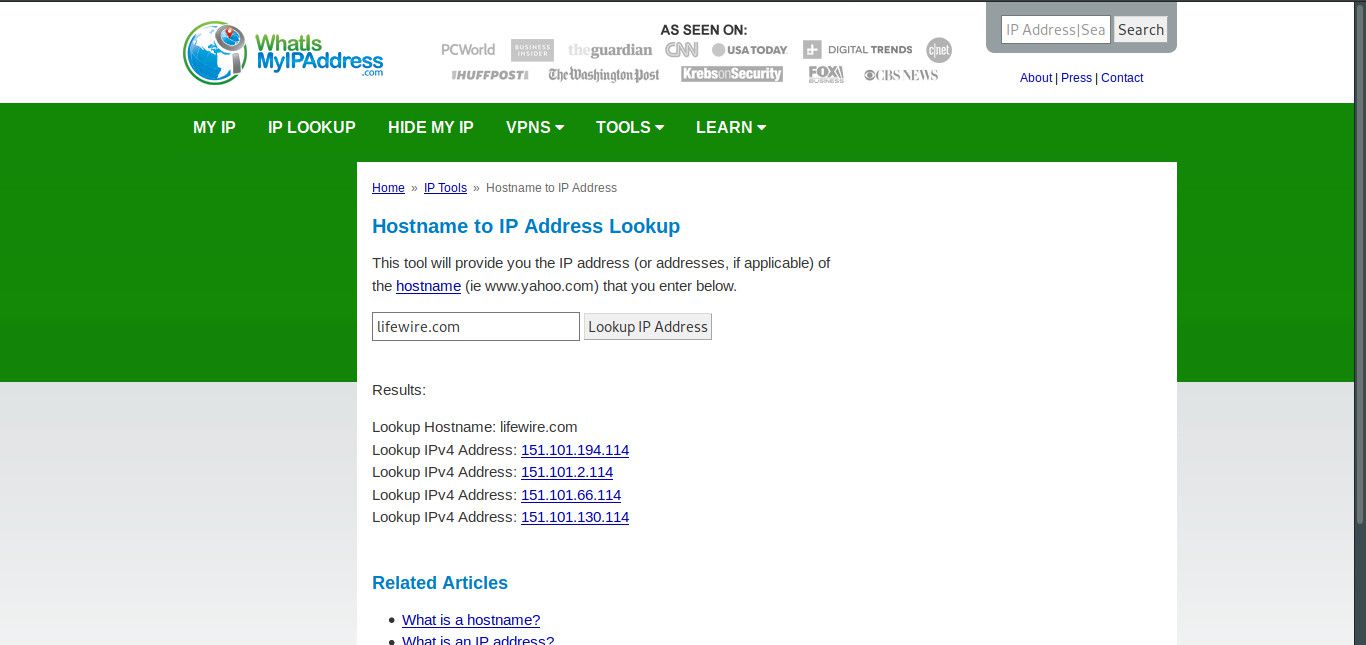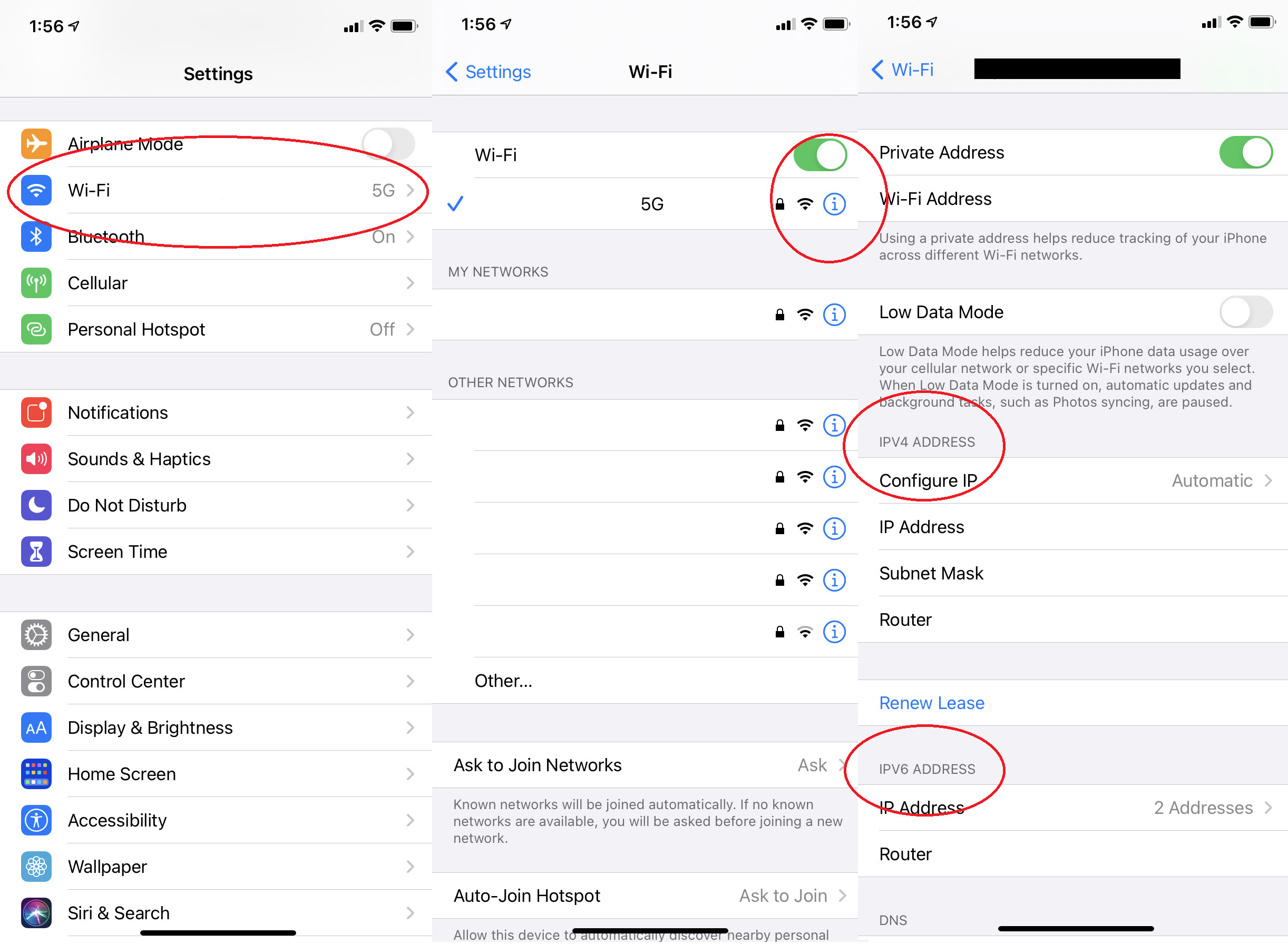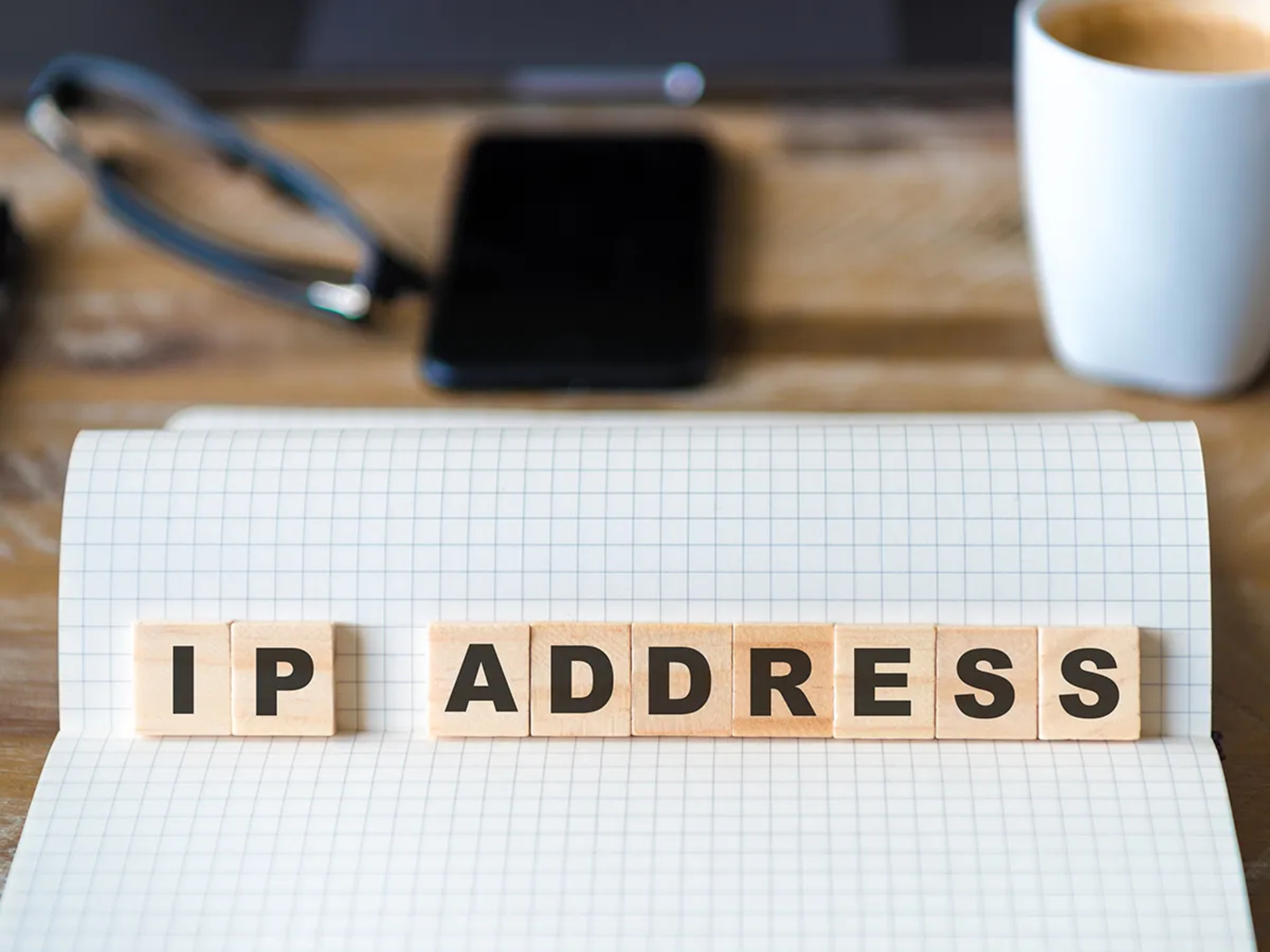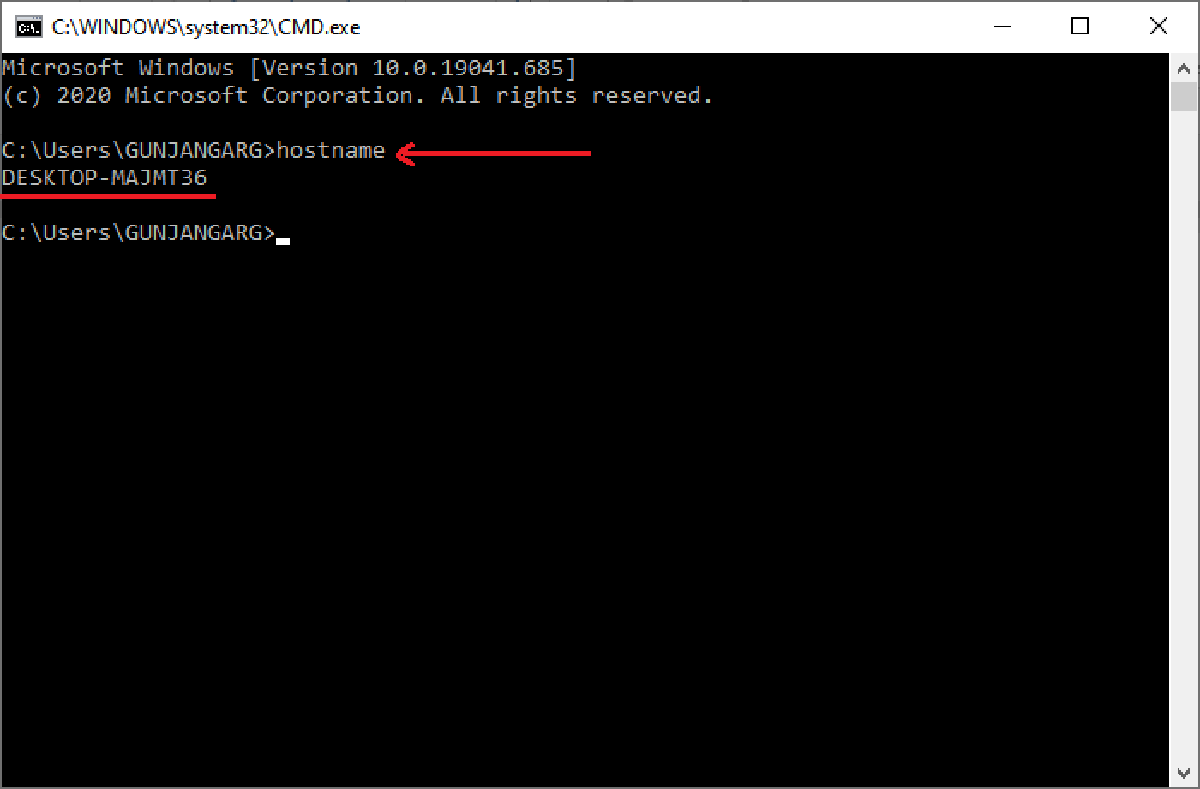Introduction:
An IP address, which stands for Internet Protocol address, is a unique identifier assigned to every device connected to a network. It serves as the digital address of a website on the internet. Just like how your physical address allows mail to be delivered to your home, an IP address ensures that data packets are sent to and received by the correct device.
IP addresses play a crucial role in enabling communication and data transfer across the internet. Without them, it would be impossible to locate and connect to websites, servers, or any other online resources. Understanding how IP addresses work and their significance is essential for web developers, network administrators, and anyone who wants to gain a deeper understanding of the internet’s infrastructure.
In this article, we will explore the world of IP addresses, including the different types available, their importance in website hosting, how to find the IP address of a website, and the role of IP addresses in website security. Whether you’re a website owner, an SEO expert, or simply curious about the inner workings of the internet, this article will provide valuable insights into the fascinating realm of IP addresses.
What is an IP address?
An IP address is a numerical label assigned to each device connected to a computer network that uses the Internet Protocol for communication. It serves as a unique identifier, acting as the device’s digital address on the internet. Like a phone number or a postal address, an IP address allows devices to send and receive data across the internet.
An IP address consists of a series of numbers separated by periods or colons (IPv4 and IPv6 address formats respectively), such as 192.168.0.1 or 2001:0db8:85a3:0000:0000:8a2e:0370:7334. These addresses are used to identify not only devices but also networks, routers, and servers. They play a vital role in facilitating communication and enabling data transfer between different devices and networks.
Think of IP addresses as the language that devices use to communicate with each other on the internet. When you type a website’s URL into your browser, your device uses the domain name system (DNS) to translate that URL into an IP address. This IP address is then used to establish a connection with the server hosting the website and retrieve the requested web pages.
IP addresses are essential for ensuring the correct delivery of data packets across the internet. Without them, devices wouldn’t be able to send or receive information, and websites would be inaccessible. They provide the foundation for all internet-based communication and play a fundamental role in the global network infrastructure.
Now that we have a basic understanding of what an IP address is, let’s delve deeper into how they work and the different types of IP addresses that exist.
How does it work?
IP addresses work by providing a standardized way for devices to communicate with each other over the internet. When you type a URL into your browser or send an email, your device follows a series of steps to establish a connection with the desired destination.
When you enter a URL, your device first checks its cache to see if it already has the corresponding IP address. If it doesn’t, it sends a request to a DNS server to obtain the IP address associated with that specific URL. Once the IP address is obtained, your device establishes a connection with the server hosting the website or email server using the IP address.
Once the connection is established, data is broken down into small packets and sent over the network. Each packet contains the source IP address (your device’s address) and the destination IP address (the address of the server or device receiving the data). On its journey, each packet is routed through various routers and switches until it reaches its destination.
At the destination, the packets are reassembled, and the server or device processes the information to fulfill the requested action, such as loading a web page or delivering an email. The response is then sent back to your device, completing the communication cycle.
IP addresses work in conjunction with protocols, such as the TCP/IP (Transmission Control Protocol/Internet Protocol) suite, to ensure seamless and reliable communication between devices. The TCP/IP suite breaks down data into packets, assigns IP addresses to these packets, manages their transmission, and reassembles them at the destination.
It’s important to note that IP addresses are globally unique, ensuring that there are no conflicts or overlaps. This uniqueness enables devices to locate and connect with each other without confusion. Additionally, IP addresses are hierarchical, with different sections denoting the network and host portions, which helps in efficient routing and addressing within the internet infrastructure.
Now that we have explored how IP addresses function, let’s move on to understanding the different types of IP addresses that exist.
Types of IP addresses
There are two primary types of IP addresses: IPv4 (Internet Protocol version 4) and IPv6 (Internet Protocol version 6). While both serve the same purpose of identifying devices on a network, there are some key differences between the two.
1. IPv4: IPv4 addresses are 32-bit numbers written in the decimal format, separated by periods. They are the older and more widely used type of IP addresses. An IPv4 address consists of four sets of numbers ranging from 0 to 255, such as 192.168.0.1. However, with the exponential growth of the internet, the limited availability of IPv4 addresses has become a concern.
2. IPv6: IPv6 addresses are 128-bit numbers, written in hexadecimal format with colons as separators. They were introduced to overcome the shortage of available IPv4 addresses. An IPv6 address consists of eight groups of four hexadecimal digits, such as 2001:0db8:85a3:0000:0000:8a2e:0370:7334. IPv6 provides a significantly larger address space, allowing for an almost unlimited number of unique IP addresses.
In addition to these two broad categories, IP addresses can be classified into different types based on their purpose and functionality:
1. Public IP addresses: Public IP addresses are globally unique addresses assigned to devices directly connected to the internet. These addresses allow devices to communicate with each other across the internet. Websites, email servers, and other publicly accessible resources require public IP addresses.
2. Private IP addresses: Private IP addresses are used within local networks, such as home or office networks. They are not globally unique and are reserved for internal use. Devices within a network can communicate with each other using private IP addresses, but these addresses are not visible or accessible outside the network. Commonly used private IP address ranges include 192.168.x.x and 10.x.x.x.
3. Static IP addresses: A static IP address is one that remains the same and is assigned to a device permanently. It does not change unless manually modified by the network administrator. Static IP addresses are typically used for devices that require a fixed address, such as servers or network appliances. They are essential for hosting websites or services that need a consistent and predictable IP address.
4. Dynamic IP addresses: A dynamic IP address is one that is assigned temporarily to a device by a DHCP (Dynamic Host Configuration Protocol) server. These addresses can change each time the device connects to the network or at regular intervals. Dynamic IP addresses are commonly used for consumer devices, such as home routers and smartphones, as they are more efficient in managing address allocation within a limited range.
Understanding the different types of IP addresses and their characteristics is important when configuring networks, setting up servers, or managing internet connectivity.
Static vs. dynamic IP addresses
When it comes to IP addresses, one important distinction to understand is the difference between static and dynamic IP addresses. While both types serve the purpose of identifying devices on a network, they differ in how the addresses are assigned and whether they remain constant or change over time.
Static IP addresses:
A static IP address is manually assigned to a device and remains fixed. It does not change unless explicitly modified by a network administrator. Static IP addresses are typically used for devices or services that require a consistent and predictable address. Some common use cases for static IP addresses include hosting websites, running servers, or connecting to a virtual private network (VPN).
One of the main advantages of a static IP address is convenience. Since the IP address remains constant, users can easily access services or devices using a consistent address. It is particularly useful for services that require domain name mapping, as changing IP addresses can disrupt functionality and lead to downtime.
However, static IP addresses also have some drawbacks. They require manual configuration, which can be time-consuming and prone to errors. Additionally, static IP addresses are susceptible to security risks, as the fixed address makes it easier for hackers to target a specific device or service. Therefore, it’s essential to implement proper security measures, such as firewalls and intrusion detection systems, to protect static IP addresses from potential threats.
Dynamic IP addresses:
A dynamic IP address is assigned automatically by a DHCP (Dynamic Host Configuration Protocol) server. These addresses are temporary and can change each time a device connects to the network or at regular intervals set by the DHCP server.
The main advantage of dynamic IP addresses is efficient resource allocation. Since the addresses are not permanently assigned, they can be reused when devices disconnect from the network. This allows network administrators to manage a large number of devices more effectively without running out of available IP addresses. Dynamic IP addresses are commonly used for consumer devices, such as home routers or smartphones, where the demand for addresses is high.
However, dynamic IP addresses can pose challenges in certain scenarios. For example, if you need to access a device remotely that has a dynamic IP address, you may need to use dynamic DNS (Domain Name System) services to keep track of the changing address. Additionally, dynamic IP addresses can cause issues with services that rely on a consistent IP address, such as hosting a website or running a server.
Whether to use a static or dynamic IP address depends on the specific requirements of your network or service. Static IP addresses are suitable when consistency and accessibility are crucial, while dynamic IP addresses are more appropriate for efficiently managing a large number of devices.
The importance of IP addresses for websites
IP addresses play a vital role in the functioning and accessibility of websites on the internet. They serve as the digital address of a website, enabling devices to locate and connect with the server hosting the site. Here are several key reasons why IP addresses are crucial for websites:
1. Website identification: IP addresses provide a unique identifier for websites, allowing the internet infrastructure to direct user requests to the correct server. When a user types a URL in their browser, the DNS (Domain Name System) converts the domain name into the corresponding IP address, enabling the user to access the website.
2. Content delivery: IP addresses are essential for efficient content delivery. Content delivery networks (CDNs) use IP addresses to determine the closest server to the user, reducing latency and ensuring faster content delivery. This improves user experience and site performance, as users experience quicker page load times and smoother browsing.
3. Search engine optimization (SEO): IP addresses can indirectly impact a website’s SEO performance. When multiple websites share the same IP address (known as shared hosting), search engines may consider them related or connected. Therefore, websites on shared hosting should be cautious about any negative SEO consequences that could arise from potentially low-quality or malicious websites sharing the same IP address.
4. Website security: IP addresses play a crucial role in website security. Monitoring and analyzing IP addresses can help identify and mitigate threats, such as DDoS (Distributed Denial of Service) attacks, hacking attempts, and suspicious activity. By monitoring incoming IP addresses, website administrators can implement security measures, such as firewalls and IP blocking, to protect their websites from unauthorized access or malicious activities.
5. Geo-targeting and localization: IP addresses provide location information, allowing website owners to implement geo-targeting and localization strategies. Based on users’ IP addresses, websites can serve localized content, display appropriate language options, or present region-specific offers. This enhances the user experience and increases the relevance of the website’s content for visitors from different locations.
6. SSL/TLS certificates: IP addresses are closely associated with SSL/TLS certificates, which secure website connections and establish trust. Each SSL/TLS certificate requires a unique IP address to function properly. Websites that handle sensitive information, such as e-commerce sites or banking portals, require SSL/TLS certificates to protect user data during transmission.
In summary, IP addresses are vital for ensuring proper functionality, accessibility, and security of websites. They play a significant role in content delivery, SEO, website identification, security measures, geo-targeting, and SSL/TLS certificates. Understanding the importance of IP addresses empowers website owners and administrators to optimize their online presence and enhance user experience.
How to find the IP address of a website
There are several methods you can use to find the IP address of a website. Knowing the IP address can be helpful for troubleshooting network issues, accessing blocked websites, or identifying server locations. Here are a few ways to find the IP address:
1. Using the Command Prompt:
If you are using a Windows computer, you can find the IP address of a website using the Command Prompt. Open the Command Prompt (press the Windows key + R, then type “cmd” and hit Enter), and type “ping website.com” (replace “website.com” with the actual domain name). The IP address will be displayed beside the “Reply from” message.
2. Using the Terminal:
If you are using a Mac or Linux system, you can use the Terminal to find the IP address. Open the Terminal application and enter the command “ping website.com” (replace “website.com” with the actual domain name). The IP address will be shown in the output as the series of numbers separated by periods.
3. Using online IP lookup tools:
There are various online tools available that allow you to find the IP address of a website. These tools generally work by performing a domain name lookup and retrieving the corresponding IP address. Some popular IP lookup tools include “WhatIsMyIPAddress.com”, “IP2Location.com”, and “MXToolbox.com”. Simply enter the website’s domain name in the provided field, and the IP address will be displayed.
4. Checking the DNS records:
You can check the DNS (Domain Name System) records of a website to retrieve its IP address. DNS records are stored with the domain registrar or DNS provider and contain information associating the domain name with the IP address. You can use online DNS lookup tools or command line utilities like “nslookup” to query the DNS records of a domain and extract the IP address information.
5. Checking the website’s hosting details:
If you have access to the website’s hosting control panel or if you know the web hosting provider, you can typically find the IP address of the website within the hosting details. Hosting control panels usually have sections displaying website information, including the IP address assigned to it.
By using these methods, you can easily find the IP address of a website. It’s worth noting that IP addresses can change, especially for websites hosted on dynamic IP addresses or those utilizing content delivery networks (CDNs). Therefore, it’s a good practice to check the IP address whenever you need the most up-to-date information.
How to change your website’s IP address
Changing a website’s IP address can be necessary for various reasons, such as migrating to a new server, improving website performance, or enhancing security. Here are several steps to guide you through the process:
1. Identify your current IP address:
Before changing your website’s IP address, it’s essential to know the existing IP address. You can find this information in your web hosting control panel or by checking the DNS records associated with your domain name.
2. Contact your web hosting provider:
To change your website’s IP address, you will need to work with your web hosting provider. Contact their support team and explain your request. They will guide you through the process and provide the necessary steps specific to their hosting environment.
3. Set up a new IP address:
Your web hosting provider will allocate a new IP address for your website. They will provide instructions on updating your DNS records or configuring your hosting environment to use the new IP address. This may involve updating the A record or creating a new virtual host configuration file, depending on your hosting setup.
4. Update DNS records:
Once the new IP address is set up, you need to update the DNS records associated with your domain name. This step ensures that visitors are directed to the correct IP address when accessing your website. Typically, you will need to modify the A record or the IP address field within your DNS management panel. Follow the instructions provided by your domain registrar or DNS provider to make the necessary changes.
5. Allow for DNS propagation:
After updating the DNS records, it may take some time for the changes to propagate across the internet. DNS propagation is the time it takes for the updated DNS information to be recognized globally. This process usually takes a few hours, although it can take up to 48 hours in some cases. During this time, the old and new IP addresses may coexist, resulting in some visitors being directed to the old IP address while others are directed to the new one. It’s important to note that you cannot control or expedite the propagation process.
6. Test and monitor:
Once the DNS propagation is complete, verify that your website is accessible using the new IP address. Test various pages, functionalities, and perform any necessary updates to ensure everything is working as expected. Monitor your website’s performance and address any issues that may arise during or after the IP address change.
Remember, changing your website’s IP address can have implications on search engine indexing, caching, and other aspects of accessibility. Therefore, it’s recommended to use proper redirects and inform search engines of the IP address change to avoid any negative impact on your website’s visibility and SEO.
IP address and website security
IP addresses play a significant role in website security, as they can provide valuable information for identifying and mitigating potential threats. Understanding the relationship between IP addresses and website security is essential for protecting your website and its visitors. Here are some key aspects to consider:
1. IP address tracking:
Tracking IP addresses can help in identifying suspicious or malicious activities on your website. By monitoring incoming IP addresses, you can detect unauthorized access attempts, brute-force attacks, or suspicious patterns of behavior. Analyzing IP addresses can provide crucial insights that enable you to take proactive measures to enhance your website’s security.
2. IP reputation:
IP addresses can have reputations associated with them. Some IP addresses might be known for sending spam, engaging in cyber-attacks, or hosting malicious content. Monitoring IP reputations helps you identify potential threats and take the necessary precautions to protect your website. Utilizing IP reputation services or threat intelligence platforms can provide real-time information about known malicious IP addresses.
3. IP blocking:
If you identify IP addresses associated with malicious activities, you can block them from accessing your website. Implementing IP blocking through firewalls or security plugins prevents specific IP addresses or IP ranges from interacting with your site. This can thwart potential attacks, reduce vulnerability to known threats, and provide an additional layer of security for your website.
4. DDoS protection:
When a website is targeted by a Distributed Denial of Service (DDoS) attack, blocking or mitigating the attacking IP addresses is a key component of minimizing the impact. DDoS protection services analyze incoming traffic and identify IP addresses engaging in malicious activities. By blocking or throttling these IP addresses, DDoS attacks can be mitigated, ensuring your website remains accessible to legitimate users.
5. Server-level security:
Securing the server or hosting environment where your website resides is vital. Limiting access to your server through secure file transfer protocols (SFTP) or secure shell (SSH) connections helps prevent unauthorized access. Additionally, implementing IP-based access control lists (ACLs) or configuring firewall rules at the network level can restrict access to specific IP addresses, enhancing the overall security of your website.
6. SSL/TLS certificate and IP address:
When configuring a Secure Sockets Layer (SSL) or Transport Layer Security (TLS) certificate for your website, it is tied to an IP address. This ensures secure communication between your website and users’ browsers. Mishandling the IP address associated with your SSL/TLS certificate may lead to security vulnerabilities or certificate errors.
By considering the role of IP addresses in website security and implementing appropriate security measures, you can safeguard your website from various threats. Regularly monitoring IP addresses, employing IP blocking and server-level security, utilizing IP reputation services, and ensuring proper SSL/TLS certificate configuration are all essential steps in maintaining a secure online presence.
Conclusion
In this article, we have explored the world of IP addresses and their importance in the context of website development, security, and accessibility. We started by understanding what an IP address is and how it functions as the digital address of a device or website on the internet.
We discussed the different types of IP addresses, including IPv4 and IPv6, as well as public and private IP addresses. We also examined the distinctions between static and dynamic IP addresses and their respective use cases in the digital landscape.
Furthermore, we provided insights into the significance of IP addresses for websites. We discussed how IP addresses enable website identification, content delivery, and search engine optimization (SEO). We also explored their role in website security, emphasizing IP address tracking, reputation management, IP blocking, DDoS protection, and server-level security measures.
Additionally, we covered the practical aspects of finding the IP address of a website using various methods such as command line tools, online IP lookup tools, DNS record checks, and website hosting details. We also discussed the process of changing a website’s IP address, including steps such as identifying the current IP address, contacting web hosting providers, setting up a new IP address, updating DNS records, and allowing for DNS propagation.
In conclusion, IP addresses are fundamental to the functioning, security, and accessibility of websites on the internet. Understanding IP addresses and their implications empowers web developers, network administrators, and website owners to optimize their online presence, enhance website performance, and protect against potential threats.

























